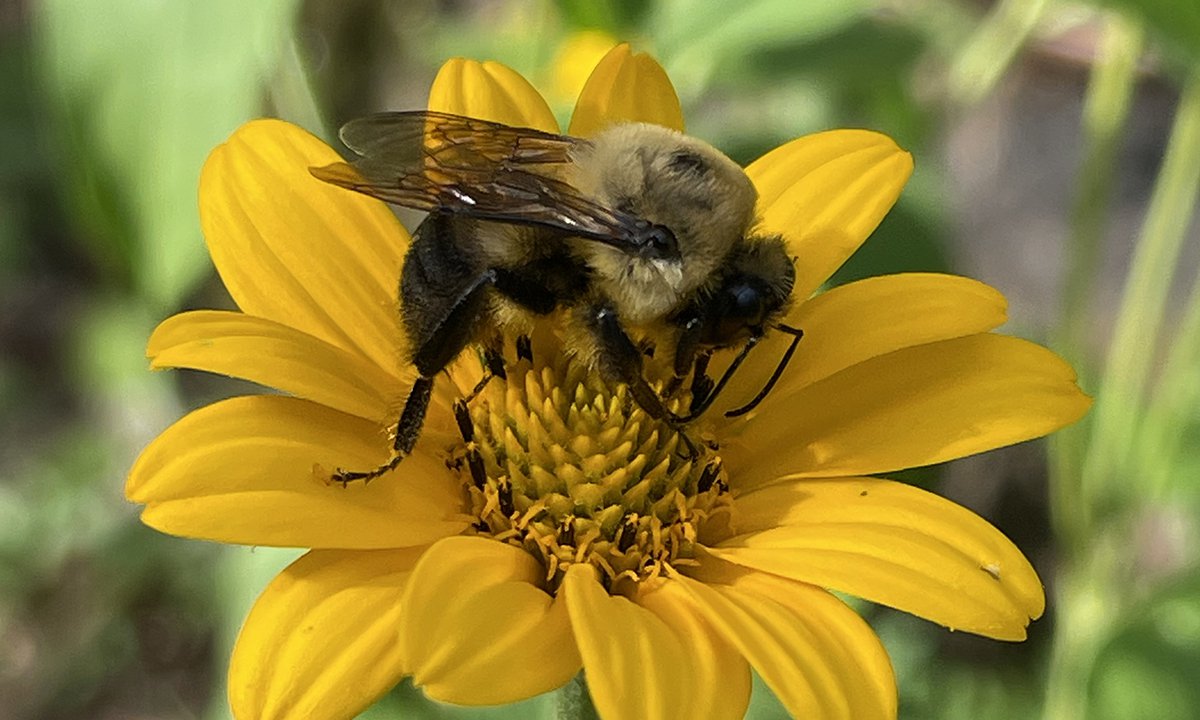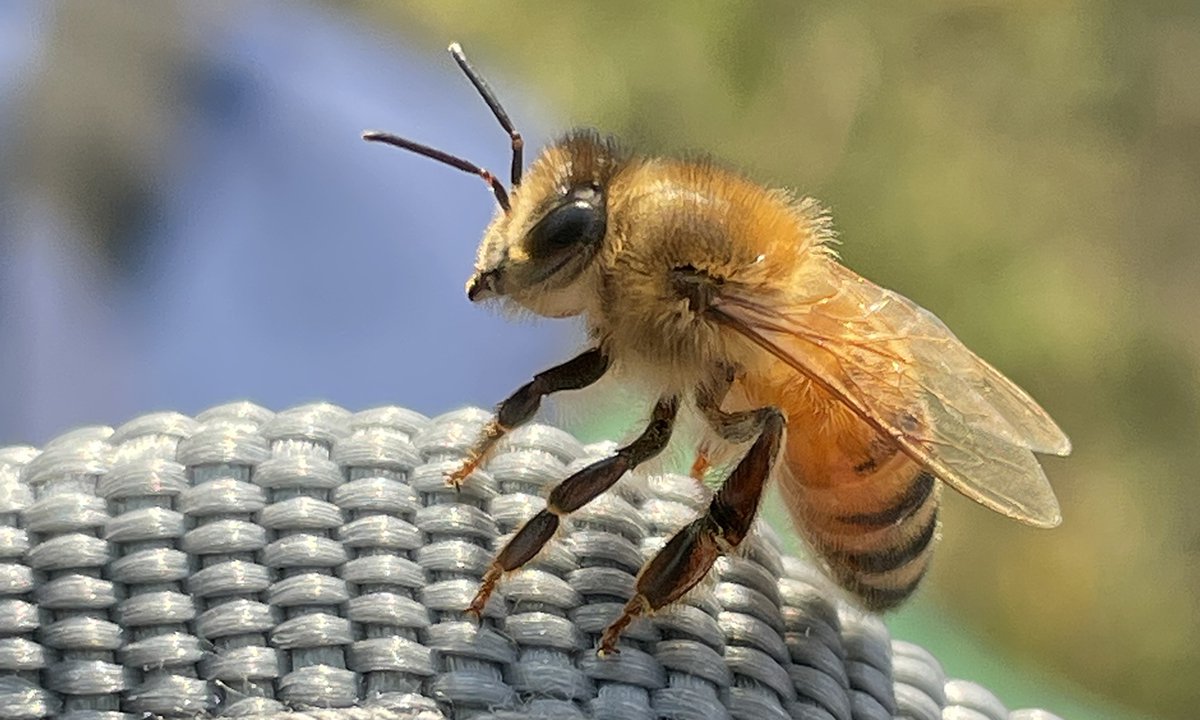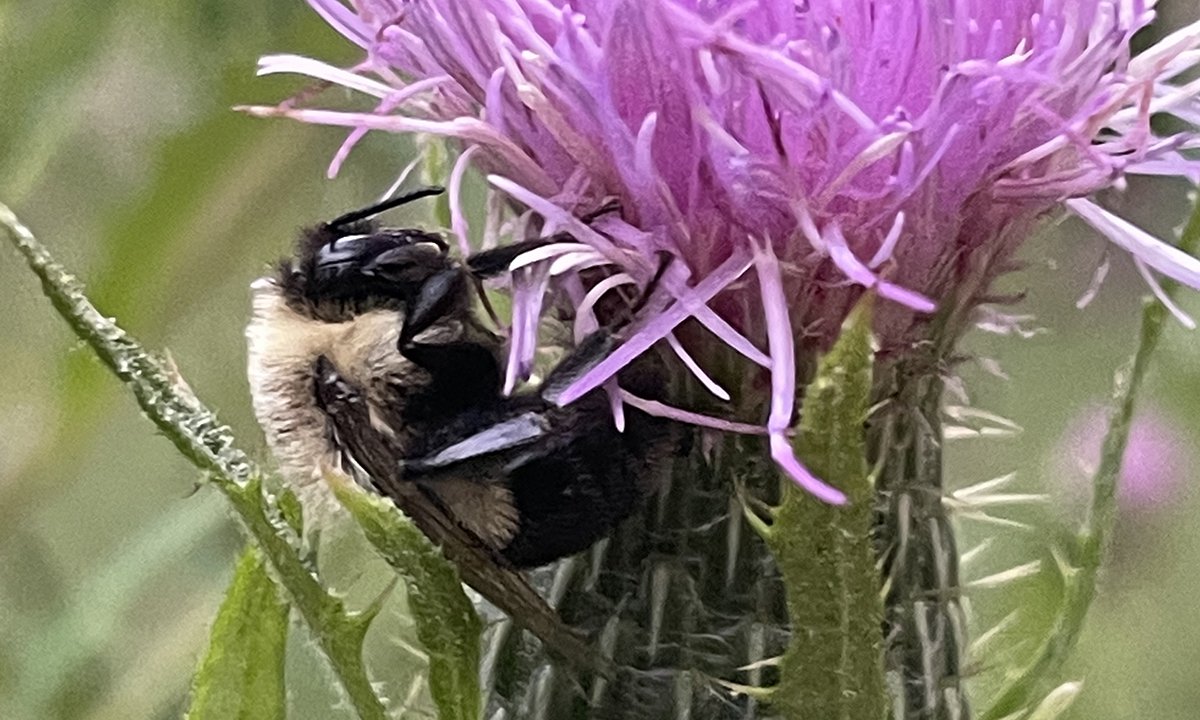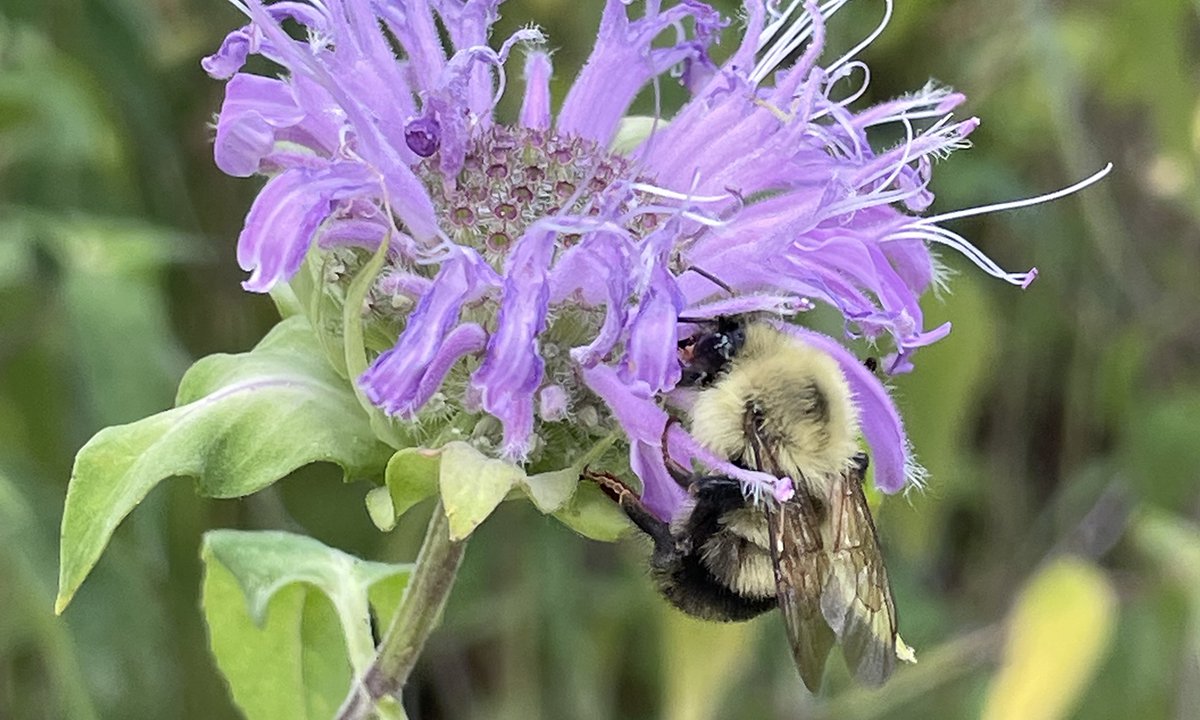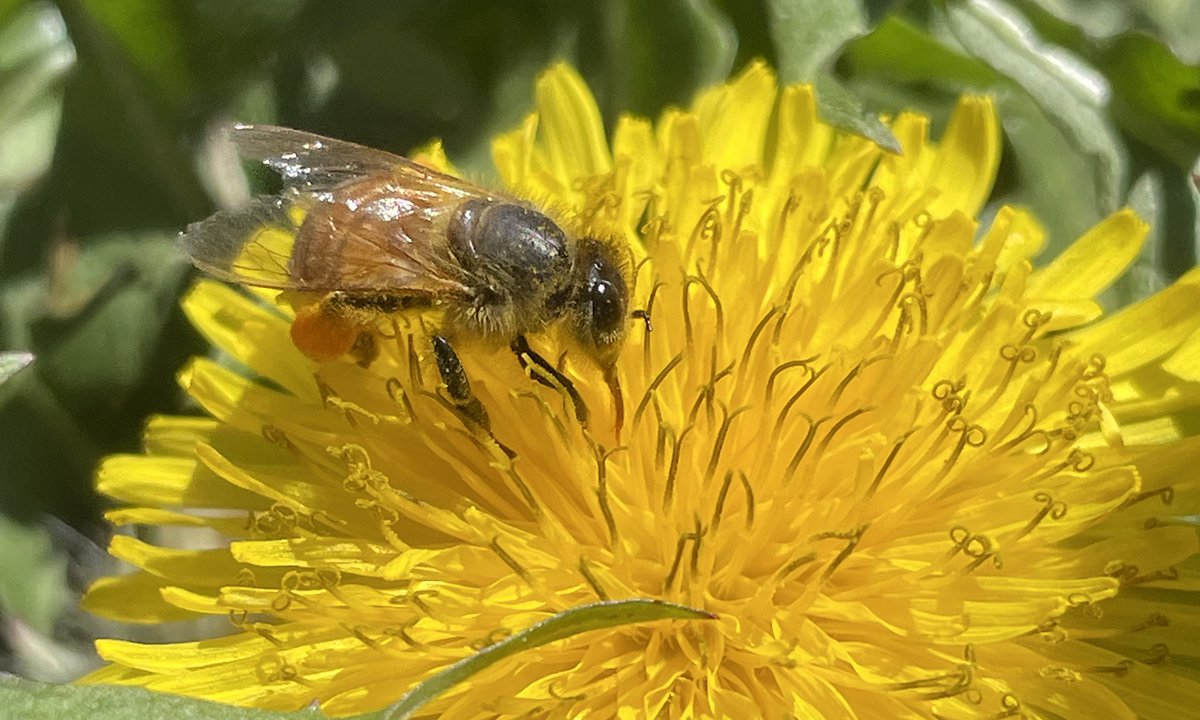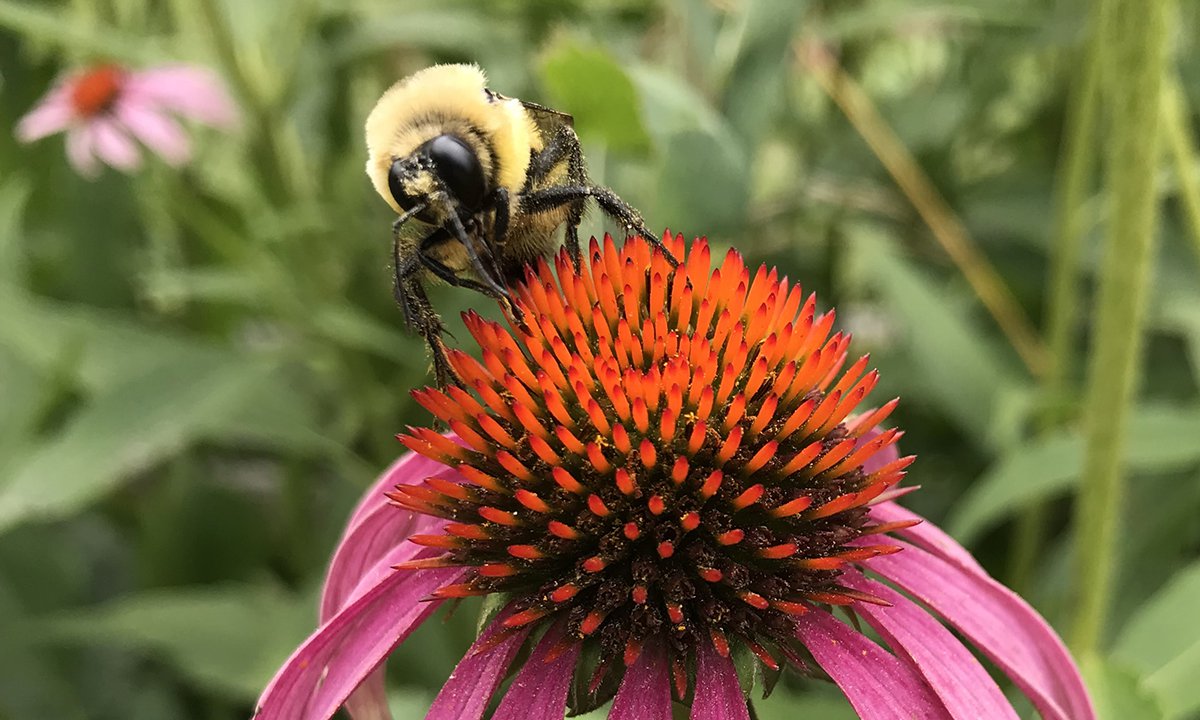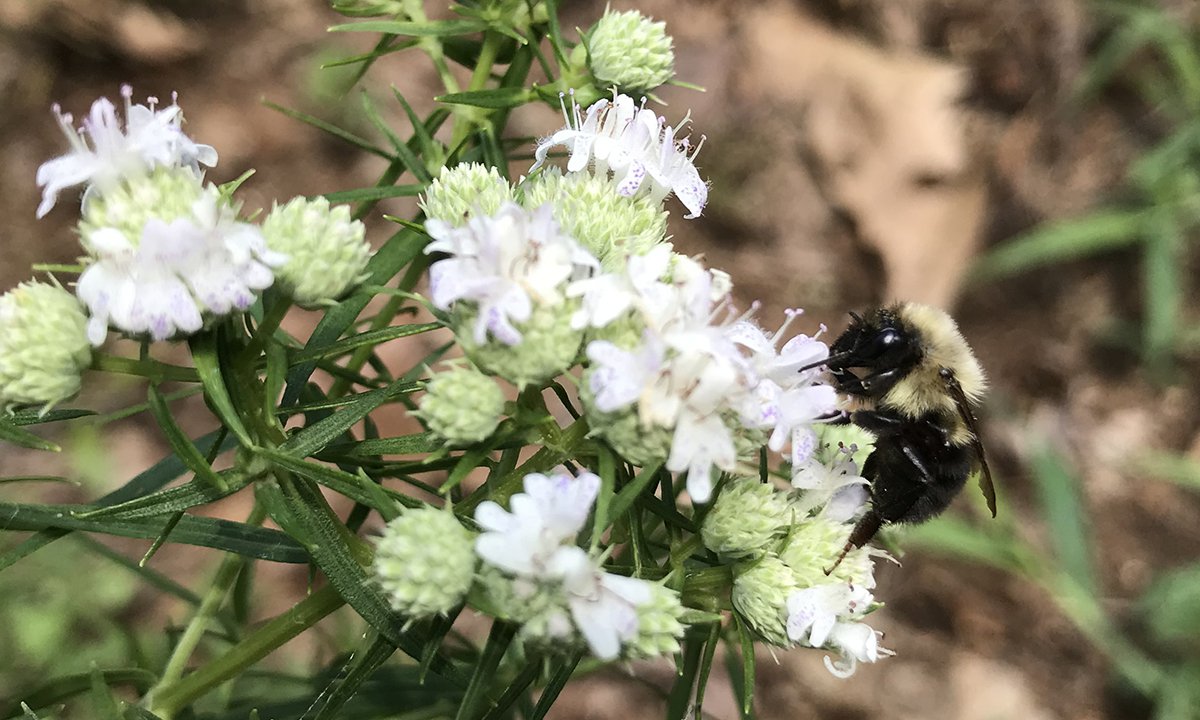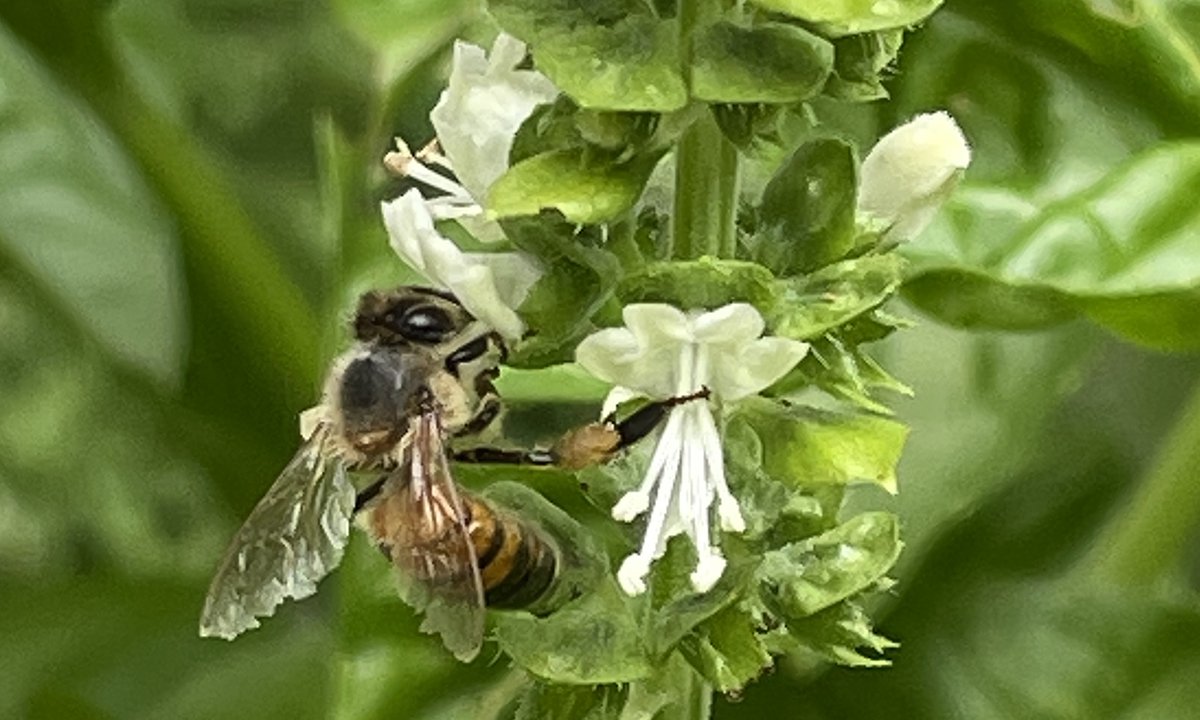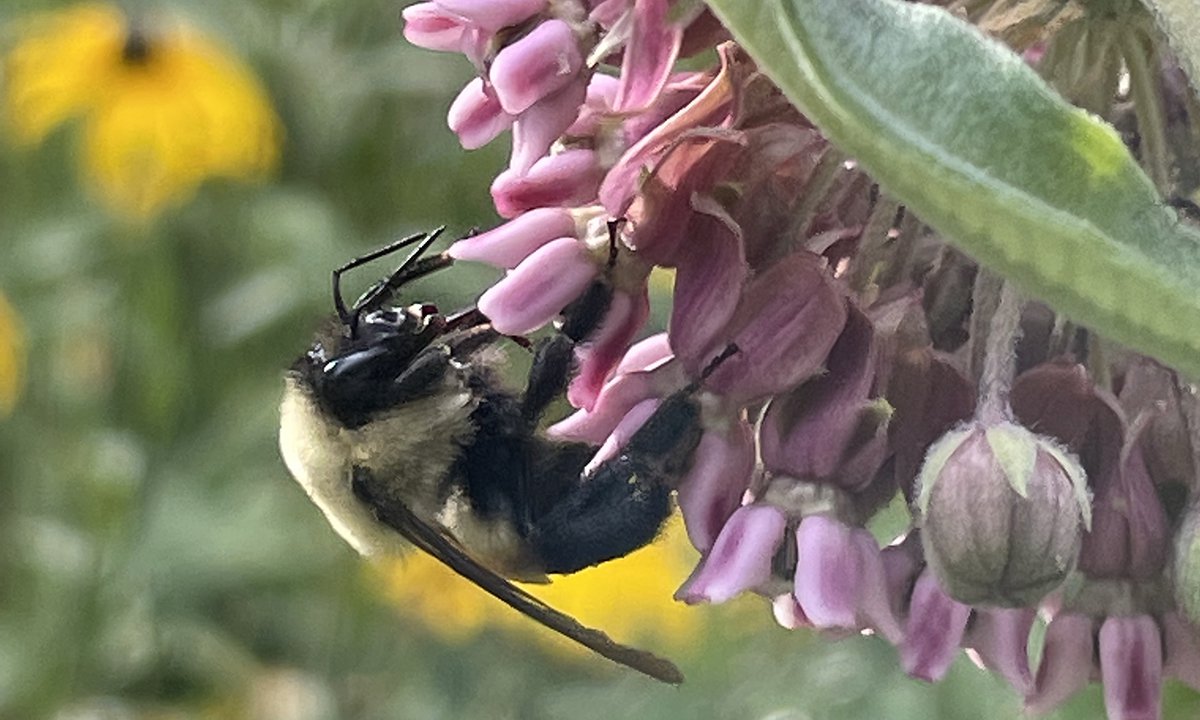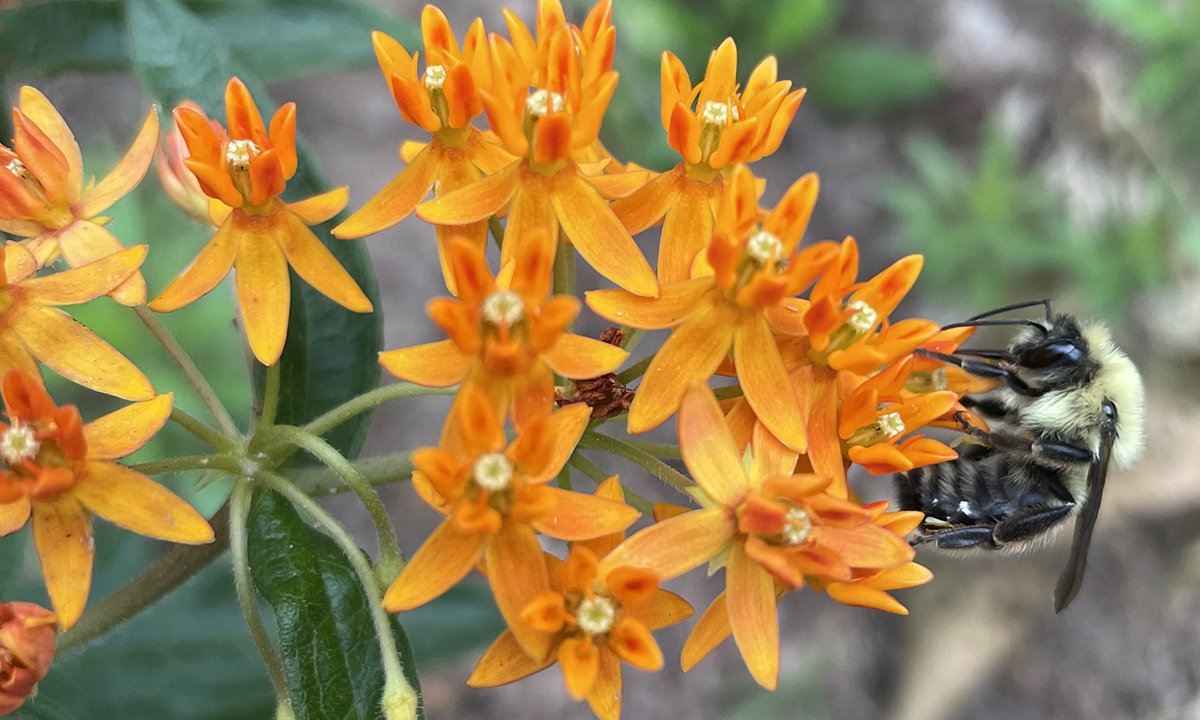Hold the Pruners! Thoughtful Fall Garden Management Tips
As we near the end of meteorological summer, and the vibrant flowers that filled yards the last three months begin to die and turn brown, it’s tempting to pull tools from the shed and start whacking and chopping.
While removing dead flower stalks and leaves is a common gardening practice, it’s not a best practice. Many wild bee species (wild meaning not commercial honey bees that live in hives) need stems to survive the winter.
Bees are important pollinators of many of our favorite foods. If you enjoy eating almonds, apples, blueberries, raspberries, cherries, pumpkins and watermelon, then you have a bee to thank.
Honey bees, bumble bees and solitary bee populations are declining, which negatively influences crop production. One of the main reasons for declining numbers is habitat loss.
Often when people think about ways to help bees, they think about which flowering native plants to add to the yard. That is critical, but managing your garden according to bee nesting habits is just as important if you want to continue to be able to enjoy the yummy foods bees help pollinate.
As the weather cools down in the fall and into the winter, about 60-70% of bees burrow into the ground to create nests. The rest of the bee species nest in cavities made in native plant stems or holes in wood left by insects.
To support cavity-nesting bees in your garden, leave the dead flower stalks of perennials standing throughout the fall and winter. We know, we know. It might be an adjustment from what you’ve done in the past, or what your neighbors are doing, but it’s important. And it’s less work for you so it’s a win win!
In the spring, cut the flower stalks at variable heights between 8-24” tall. This will provide hollow and pithy stems for nesting sites. Female bees will find the stems, create a nest and lay their eggs on pollen balls within the nest. The bee larvae feed on the pollen balls when they emerge.
In the summer, the new, fresh growth will hide the old stems. Meanwhile the bee larvae develop in the cut stems during the summer growing season. The bees hibernate in the stems through the fall and the winter and adult bees emerge in the spring.
Nature is a well-oiled machine if humans let it run its course. In fact, the whole process is pretty unBEElieveable!
Now that you won’t be spending as much time in your garden clearing out plant debris this fall, you have more time for planting some of the Virginia native plants bees use for nesting. September is a great time to plant natives as the cooler weather means the plants require less water to get roots established.
Here’s a list of some plants that are perfect for attracting bees as well as giving them the stems they need to survive the winter. Once your neighbors see you doing it, they just might give it a try themselves next year!
- Big bluestem, Andropogon gerardii
- Swamp milkweed, Asclepias incarnata
- Blue wild indigo, Baptisia australis
- Cone flowers, echinacea species
- Joe Pye weed, eutrochium species
- Sunflowers, helianthus species
- Blazing stars, Liatris spicata
- Wild bergamot (bee balm), Monarda fistulosa
- Switchgrass, Panicum virgatum
- Mountain mints, pycnanthemum species
- Sumacs, rhus species
- Raspberries, rubus species
- Common elderberry, Sambucus canadensis
- Goldenrods, solidago species
- Asters, symphyotrichum species
- Golden Alexander, Zizia aurea
